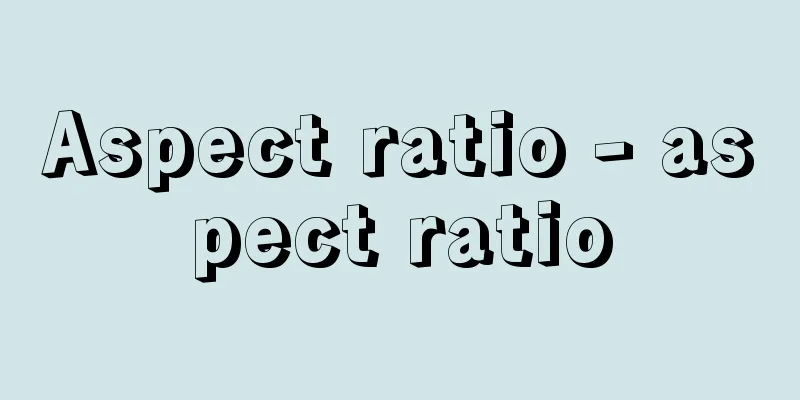Freezing mixture

|
A coolant obtained by mixing two or more substances. It is also called a cryogen. Examples include ammonium chloride dissolved in water at room temperature, a mixture of ice and sodium chloride, and a mixture of dry ice and alcohol. The reason why a cryogen has a low temperature is that, for example, in a mixture of ice and sodium chloride, the heat of melting of ice and the heat of dissolution of sodium chloride are both endothermic, and melting stops and a constant temperature is maintained when the temperature drops to the eutectic point (-21.2°C for 22.4% NaCl + 77.6% ice). Therefore, in an ideal case, the lowest temperature is the eutectic point, but in reality it often does not reach that point. In particular, when using ice, if it is not crushed sufficiently or mixed with salt sufficiently, the perfect temperature cannot be obtained. Also, liquids with low boiling points are sometimes used as coolants and included in the cryogen category. Examples include liquid air (-145.8°C), liquid oxygen (-182.96°C), liquid nitrogen (-195.8°C), liquid hydrogen (-252.8°C), and liquid helium (approximately -269°C). However, care must be taken with liquid air and liquid oxygen, as they can explode when in direct contact with flammable materials, especially organic materials. [Nakahara Katsunori] "Cryogenics Technology, 2nd Edition, by Shunichi Kobayashi and Yoichi Otsuka (1987, University of Tokyo Press) " "Cryogenics Technology in Extreme Science, by Junichiro Moriya (1992, Tokyo Denki University Press)" "Cooling Things, by Masanori Itakura (2003, Kaesyosha)" [References] | | | |liquid |liquid | | | | | | | |©Shogakukan "> Type of refrigerant Source: Shogakukan Encyclopedia Nipponica About Encyclopedia Nipponica Information | Legend |
|
二つ以上の物質を混合して得られる冷却剤。起寒剤ともいう。たとえば、室温の水に塩化アンモニウムを溶かしたものや、氷と塩化ナトリウムとの混合物、ドライアイスとアルコールの混合物などがそうである。寒剤が低温となる理由は、たとえば氷と塩化ナトリウムの混合物では、氷の融解熱と塩化ナトリウムの溶解熱がともに吸熱であることによるもので、共融点(NaCl22.4%+氷77.6%で-21.2℃)まで降下すれば融解はとまって一定の温度が保たれる。したがって理想的な場合には最低温度が共融点になるが、実際にはそこまで達しないことが多い。とくに、たとえば氷を使用するときは、その粉砕が十分でなかったり、塩との混合が十分でなかったりすると、完全な温度が得られない。 また低沸点の液体をそのまま冷却剤に使い、これらを寒剤に含めることもある。たとえば液体空気(-145.8℃)、液体酸素(-182.96℃)、液体窒素(-195.8℃)、液体水素(-252.8℃)、液体ヘリウム(約-269℃)などがそうである。ただし、これらのうち液体空気と液体酸素は可燃性物質、とくに有機物質などを直接接触させると爆発するので注意する必要がある。 [中原勝儼] 『小林俊一・大塚洋一著『低温技術』第2版(1987・東京大学出版会)』▽『守屋潤一郎著『極限科学のなかの極低温技術』(1992・東京電機大学出版局)』▽『板倉聖宣著『ものを冷やす』(2003・仮説社)』 [参照項目] | | | | | | | | | | | | |©Shogakukan"> 寒剤の種類 出典 小学館 日本大百科全書(ニッポニカ)日本大百科全書(ニッポニカ)について 情報 | 凡例 |
Recommend
Women's Temperance Union
A Christian women's organization founded in 18...
Colobinae
…The superfamily Cercopithecoidea is a taxonomic ...
Market - Joshi
A type of market in Korea, it does not have any sp...
Krug
…Here, I will only give a few examples that are e...
vassus
...As can be seen from this example, the relation...
Corrientes (English spelling)
The capital of Corrientes Province in northeastern...
Kawagurumi - Kawagurumi
...A deciduous tree of the walnut family that is ...
ALM - asset and liability management
ALM is a risk management method that involves gras...
Ewald Tube - Ewald Tube
…A thin tube inserted into the stomach through th...
Hino Tsuyoshi - Hino Tsutomu
Born: December 7, 1866 (Keio 1) in Komatsu, Iyo Di...
Matrix - Gyoretsu (English spelling) matrix
Let mn numbers a ij (i = 1, 2, ..., m ; j = 1, 2,...
Stuart, J.
In the 1890s, the world was divided into two comp...
Virgo - Virgo
…There are two known guilds of merchants who sold...
Stefan Prvovencani
…Stefan Nemanja's successors worked hard to u...
Nikaido Sadafuji
Year of death: 1.12.28 (1335.1.23) Year of birth: ...









